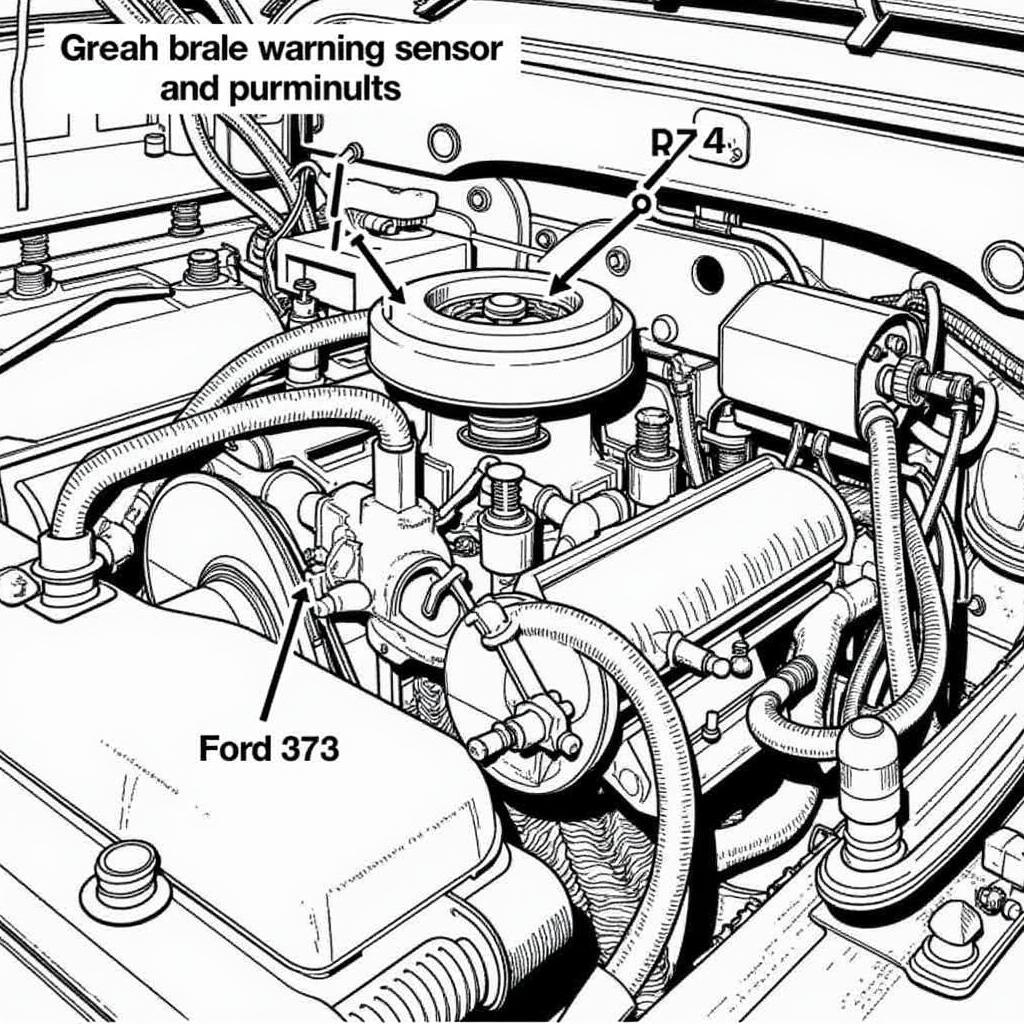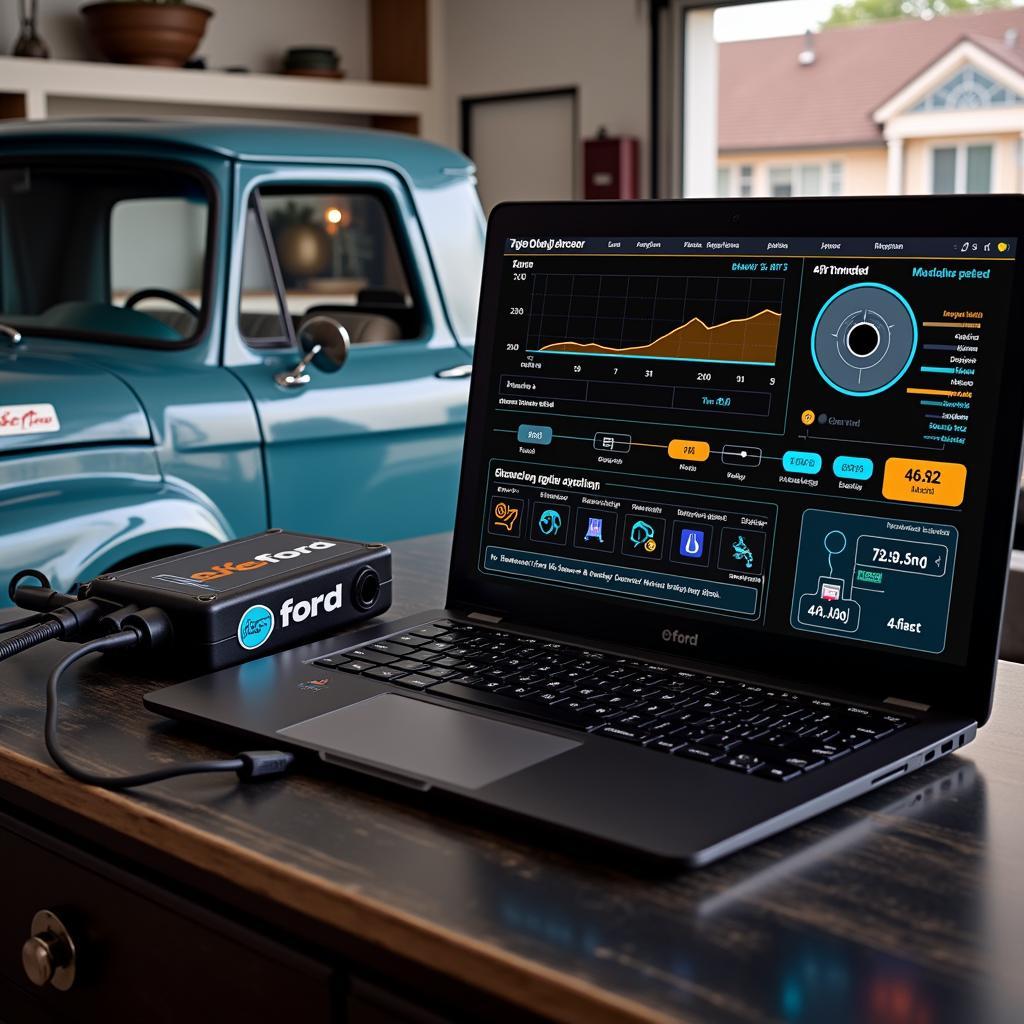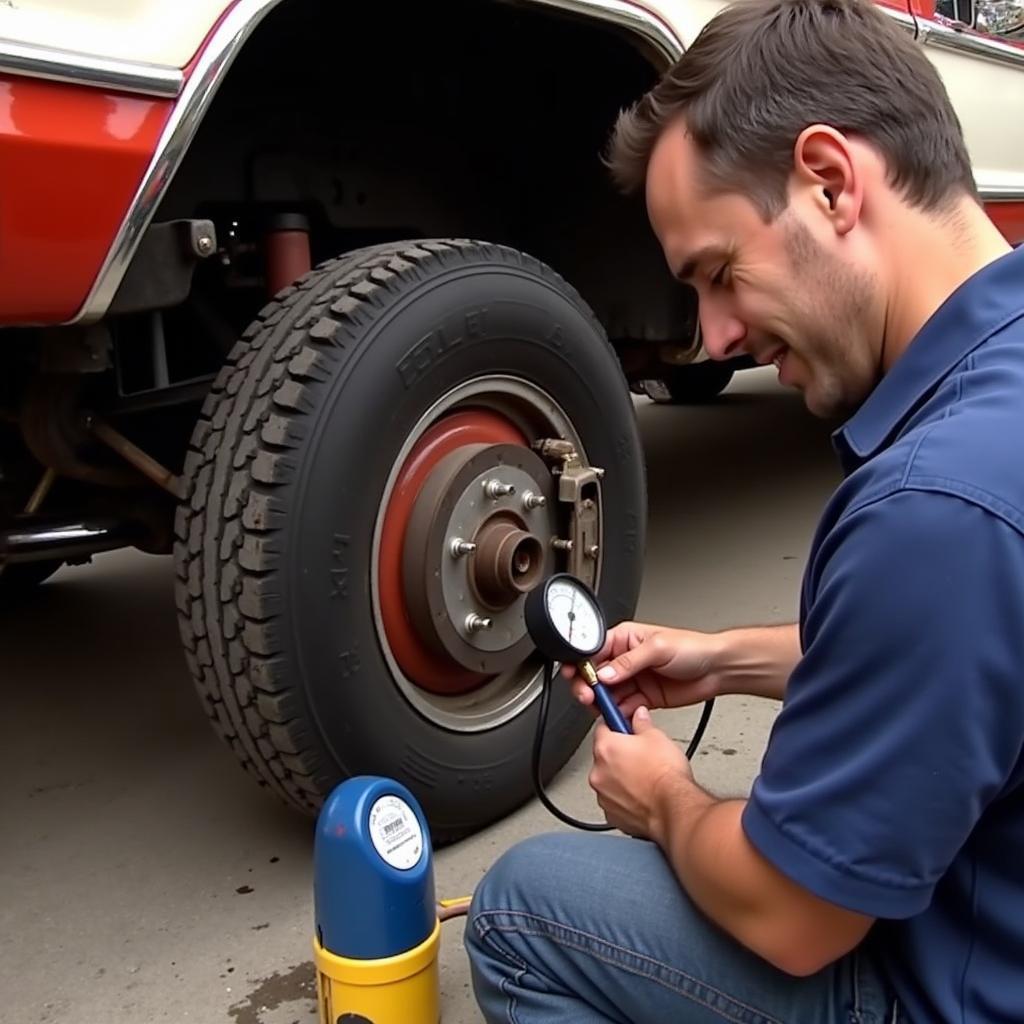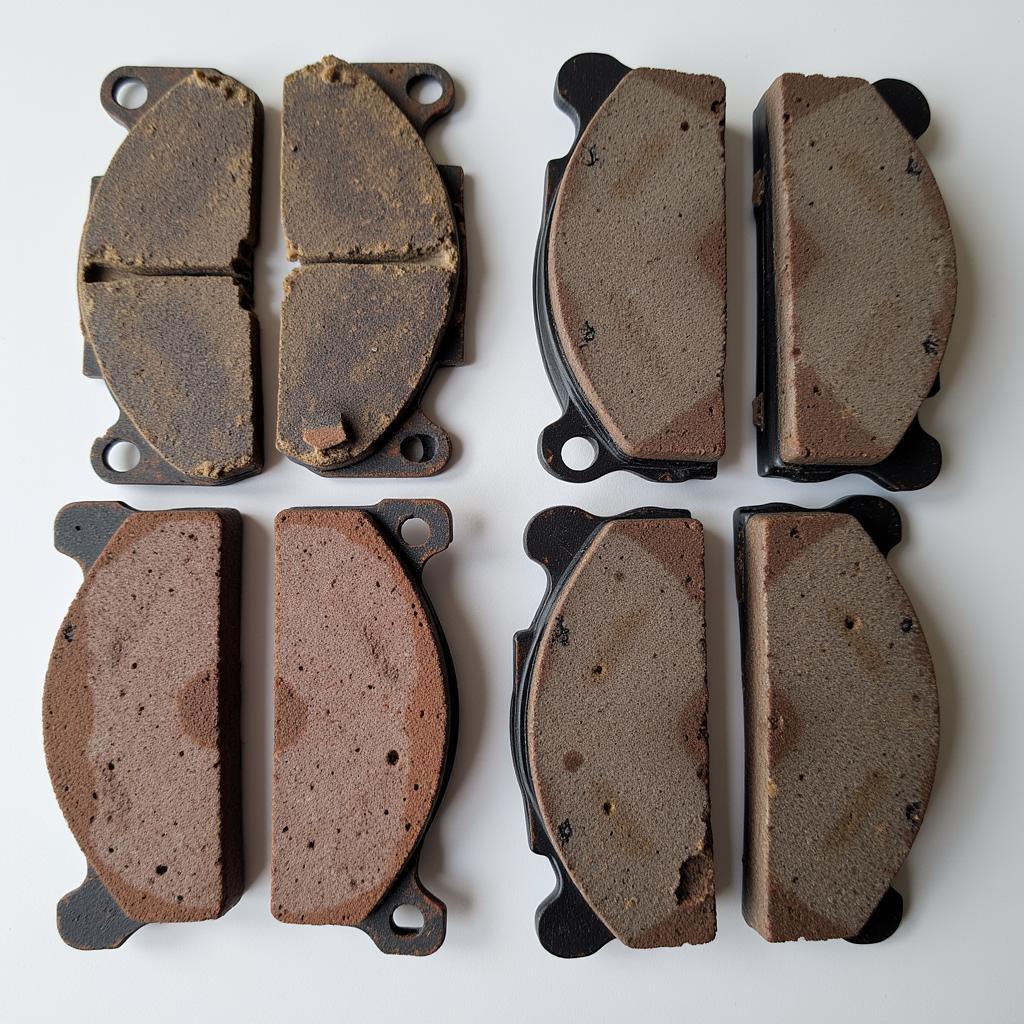The brake warning sensor in your 1975 Ford F100 is a critical safety component. A malfunctioning sensor can lead to delayed braking or even brake failure, putting you and others at risk. This guide will walk you through diagnosing and resolving issues with your brake warning sensor, offering remote diagnostics, programming, and software installation solutions to get your classic F100 back on the road safely.
Understanding the Brake Warning Sensor’s Role
The brake warning sensor in your 1975 Ford F100 serves a dual purpose. It alerts you to low brake fluid, indicating a potential leak in the system, and it also activates if there’s an imbalance in the hydraulic pressure between the front and rear brakes. Ignoring this warning light could lead to serious braking problems.
Common Issues with the 1975 Ford F100 Brake Warning Sensor
Several factors can trigger the brake warning light in your 1975 F100. These include low brake fluid, a faulty brake warning sensor, worn brake pads or shoes, a malfunctioning proportioning valve, or even air in the brake lines.
Low Brake Fluid
This is the most common cause. Check your brake fluid reservoir. If it’s low, you likely have a leak somewhere in the braking system. Don’t simply top it off; address the leak immediately.
Faulty Brake Warning Sensor
Sometimes, the sensor itself can malfunction. Testing it involves disconnecting the electrical connector and checking for continuity with a multimeter.
Worn Brake Pads or Shoes
Worn brake components can trigger the warning light, especially if they’re worn unevenly.
Malfunctioning Proportioning Valve
The proportioning valve distributes braking force between the front and rear wheels. If it’s faulty, it can cause an imbalance in hydraulic pressure, triggering the warning light.
Air in the Brake Lines
Air in the brake lines can also cause the warning light to illuminate. Bleeding the brakes is necessary to remove any trapped air.
 1975 Ford F100 Brake Warning Sensor Location
1975 Ford F100 Brake Warning Sensor Location
Diagnosing the Problem: A Step-by-Step Guide
- Check the brake fluid level: This is the first and easiest step. If the fluid is low, inspect for leaks.
- Inspect the brake warning sensor: Locate the sensor (usually near the master cylinder) and visually inspect it for damage or corrosion.
- Test the sensor: Disconnect the electrical connector and use a multimeter to test for continuity.
- Check the brake pads and shoes: Inspect them for wear and tear. Uneven wear can indicate a problem with the braking system.
- Inspect the proportioning valve: Look for signs of leaks or damage.
- Consider bleeding the brakes: If you suspect air in the lines, bleeding the brakes is essential.
Remote Diagnostics and Software Solutions
Modern technology offers remote diagnostic options for your 1975 Ford F100, even if it predates onboard diagnostics. Specialized tools and software can interface with your vehicle’s systems to pinpoint the issue. Some solutions even allow for remote programming and software updates to address certain problems.
 Remote Diagnostics for 1975 Ford F100 Brake System
Remote Diagnostics for 1975 Ford F100 Brake System
“Remote diagnostics can be a game-changer, even for classic vehicles like the 1975 F100. It allows for faster and more precise troubleshooting, saving you time and money,” says John Miller, a veteran automotive electrical engineer.
Getting Professional Help
If you’re not comfortable working on your brakes, it’s always best to consult a qualified mechanic. Brakes are a critical safety system, and any mistakes can have serious consequences.
 Mechanic Inspecting 1975 Ford F100 Brakes
Mechanic Inspecting 1975 Ford F100 Brakes
“Don’t underestimate the importance of regular brake maintenance. A simple inspection can prevent major problems down the road,” advises Sarah Chen, a certified automotive technician with over 20 years of experience.
Conclusion
Addressing a brake warning sensor issue in your 1975 Ford F100 is vital for your safety. By following the steps outlined in this guide and considering remote diagnostic options, you can effectively troubleshoot and resolve the problem. However, if you’re unsure about any step, seeking professional help is always the safest course of action for your 1975 Ford F100 brake warning sensor issues.

